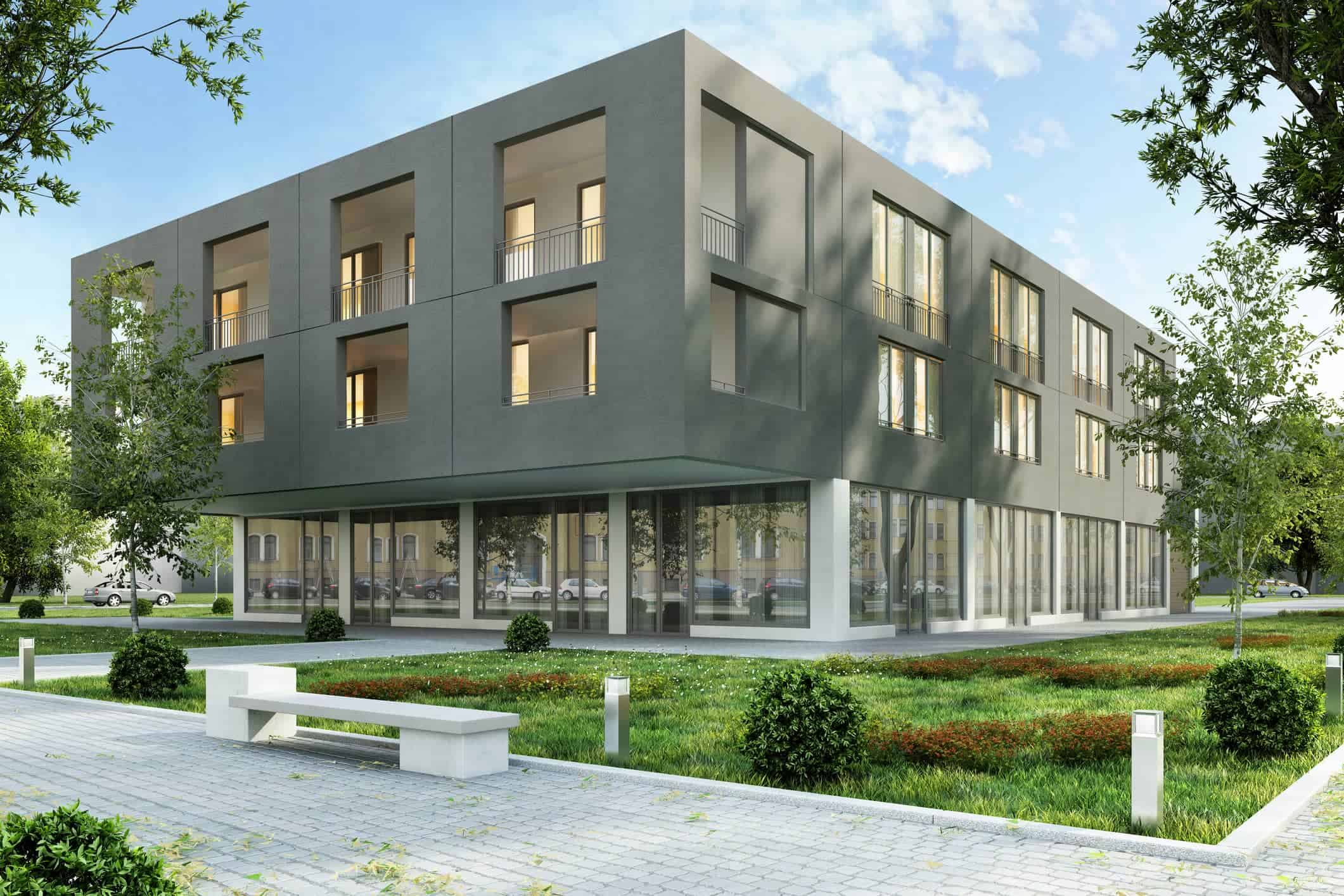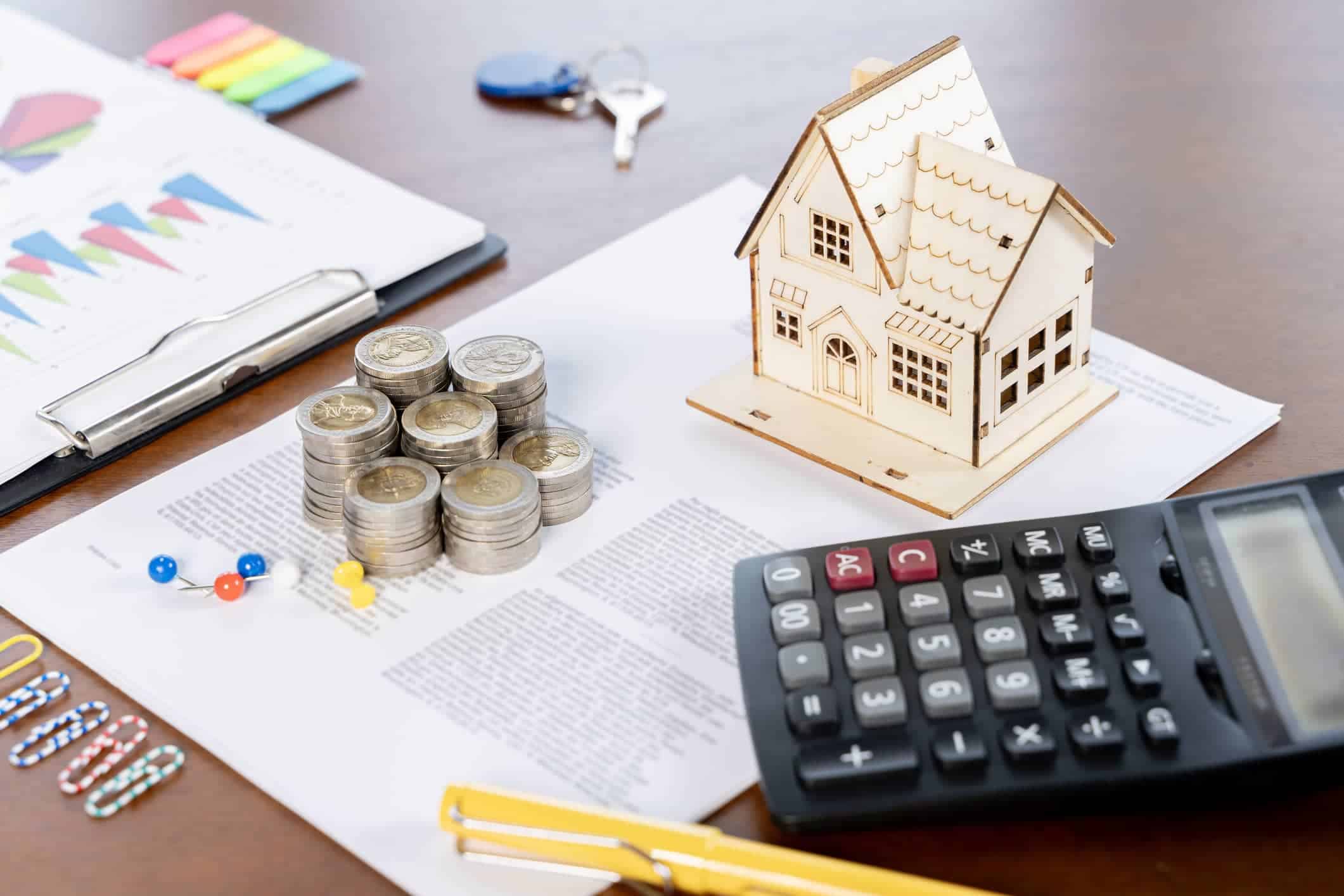Technological Innovations: How Onsite Managers are Adapting
The role of onsite managers has evolved significantly in recent years, largely due to the advent of new technologies. Technological innovations are transforming property management, enabling onsite managers to operate more efficiently, enhance tenant satisfaction, and improve overall property value. This article explores the various technological innovations that are reshaping the responsibilities of onsite managers, the benefits of these technologies, and how onsite managers are adapting to these changes.
The Role of Technology in Property Management
Technology has become an integral part of property management, providing tools and solutions that streamline operations, improve communication, and enhance the tenant experience. Onsite managers, who are responsible for the day-to-day management of residential and commercial properties, are leveraging these technologies to perform their duties more effectively.
Key Technological Innovations
- Property Management Software
- Centralised Management: Property management software provides a centralised platform for managing various aspects of property operations, including tenant communication, maintenance requests, lease management, and financial reporting. This software enables onsite managers to streamline workflows and improve efficiency.
- Automated Processes: Automation of routine tasks, such as rent collection, lease renewals, and maintenance scheduling, reduces the administrative burden on onsite managers and minimises the risk of human error.
- Smart Building Technologies
- Internet of Things (IoT): IoT devices, such as smart thermostats, lighting systems, and security cameras, enable remote monitoring and control of building systems. Onsite managers can optimise energy usage, enhance security, and address maintenance issues proactively.
- Building Management Systems (BMS): BMS integrate various building systems, such as HVAC, lighting, and security, into a single platform. This integration allows onsite managers to monitor and manage building operations more efficiently, reducing energy consumption and improving occupant comfort.
- Mobile Applications
- Resident Apps: Mobile applications designed for residents facilitate communication with onsite managers, enabling residents to submit maintenance requests, pay rent, and receive property updates through their smartphones. These apps enhance the tenant experience by providing convenient access to essential services.
- Manager Apps: Mobile apps for onsite managers allow them to manage property operations on the go. Managers can access property data, respond to maintenance requests, and communicate with residents from their mobile devices, improving responsiveness and flexibility.
- Customer Relationship Management (CRM) Systems
- Enhanced Communication: CRM systems help onsite managers maintain detailed records of tenant interactions, preferences, and issues. This information enables personalised communication and proactive problem-solving, enhancing tenant satisfaction.
- Data Analytics: CRM systems provide data analytics tools that help onsite managers identify trends, measure performance, and make informed decisions. By analysing tenant feedback and behaviour, managers can implement targeted improvements.
- Virtual and Augmented Reality (VR/AR)
- Virtual Tours: VR technology allows prospective tenants to take virtual tours of properties, providing an immersive experience without the need for physical visits. Onsite managers can use VR tours to showcase vacant units and attract potential tenants.
- Maintenance Training: AR technology can be used for maintenance training, providing onsite managers and maintenance staff with interactive, real-time guidance on complex repair tasks. This technology improves training efficiency and reduces downtime.
- Artificial Intelligence (AI) and Machine Learning
- Predictive Maintenance: AI-powered predictive maintenance systems analyse data from building systems to identify potential issues before they become critical. Onsite managers can schedule maintenance proactively, reducing the risk of equipment failure and costly repairs.
- Chatbots: AI-driven chatbots provide instant responses to tenant inquiries, handling routine questions and tasks such as scheduling maintenance or providing lease information. Chatbots enhance tenant communication and free up onsite managers for more complex issues.
- Energy Management Systems
- Energy Monitoring: Energy management systems provide real-time monitoring of energy consumption, helping onsite managers identify inefficiencies and implement energy-saving measures. These systems contribute to cost savings and environmental sustainability.
- Renewable Energy Integration: Technologies for integrating renewable energy sources, such as solar panels and battery storage, enable onsite managers to manage energy generation and consumption more effectively. This integration supports sustainability goals and reduces reliance on non-renewable energy.
Benefits of Technological Innovations
The adoption of technological innovations offers numerous benefits for onsite managers, property owners, and residents:
- Improved Efficiency
- Automation of routine tasks and centralised management platforms streamline operations, allowing onsite managers to focus on more strategic responsibilities. This improved efficiency leads to better property management and enhanced tenant satisfaction.
- Enhanced Communication
- Technology facilitates seamless communication between onsite managers and residents. Mobile apps, CRM systems, and chatbots enable timely and effective communication, addressing tenant concerns promptly and improving the overall resident experience.
- Proactive Maintenance
- Predictive maintenance systems and IoT devices enable onsite managers to identify and address maintenance issues before they escalate. Proactive maintenance reduces downtime, extends the lifespan of building systems, and minimises repair costs.
- Cost Savings
- Energy management systems, smart building technologies, and automation of administrative tasks contribute to significant cost savings. Reduced energy consumption, lower maintenance costs, and optimised resource allocation enhance the financial performance of properties.
- Increased Tenant Satisfaction
- Technologies that enhance communication, streamline services, and improve property management contribute to higher tenant satisfaction. Satisfied tenants are more likely to renew leases, reducing turnover rates and associated costs.
- Data-Driven Decision Making
- Data analytics tools provide onsite managers with valuable insights into tenant behaviour, property performance, and operational efficiency. Data-driven decision-making enables targeted improvements and strategic planning, enhancing property management outcomes.
Adapting to Technological Innovations
Adapting to technological innovations requires onsite managers to embrace change, acquire new skills, and leverage available tools effectively. Here are some strategies for onsite managers to adapt to the evolving technological landscape:
- Continuous Learning and Training
- Onsite managers should engage in continuous learning and professional development to stay updated on the latest technological advancements. Training programs, workshops, and certifications in property management technology can enhance their skills and knowledge.
- Leveraging Technology Providers
- Partnering with reputable technology providers ensures access to high-quality tools and solutions. Onsite managers should collaborate with technology providers to understand the features and benefits of available technologies and implement them effectively.
- Implementing Pilot Programs
- Before fully integrating new technologies, onsite managers can implement pilot programs to test their effectiveness and identify potential challenges. Pilot programs provide valuable insights and help managers make informed decisions about technology adoption.
- Engaging Residents
- Effective communication with residents about new technologies is crucial for successful implementation. Onsite managers should educate residents on the benefits of new technologies, address their concerns, and encourage their participation in technology adoption.
- Monitoring and Evaluation
- Regular monitoring and evaluation of technological tools and solutions are essential to ensure their effectiveness. Onsite managers should track performance metrics, gather feedback from residents, and make necessary adjustments to optimise technology usage.
- Collaborating with Stakeholders
- Collaboration with property owners, management companies, and other stakeholders is vital for successful technology adoption. Onsite managers should involve stakeholders in decision-making processes and align technology initiatives with overall property management goals.
Case Studies: Technological Innovations in Action
Case Study 1: Smart Building Technologies at a Residential Complex in Sydney
A large residential complex in Sydney implemented smart building technologies, including IoT devices and a Building Management System (BMS), under the leadership of an innovative onsite manager. The BMS integrated HVAC, lighting, and security systems, enabling remote monitoring and control. IoT devices provide real-time data on energy consumption and building conditions. The result was a 20% reduction in energy costs, improved security, and enhanced resident comfort. The onsite manager’s proactive approach to technology adoption significantly improved the property’s operational efficiency and tenant satisfaction.
Case Study 2: Mobile Applications for Resident Engagement at a Mixed-Use Development in Melbourne
A mixed-use development in Melbourne introduced mobile applications for resident engagement, spearheaded by a forward-thinking onsite manager. The resident app allowed tenants to submit maintenance requests, pay rent, and receive property updates through their smartphones. The manager app enabled the onsite manager to manage property operations on the go, improving responsiveness and flexibility. The implementation of mobile applications led to a 30% increase in resident engagement, faster resolution of maintenance issues, and higher tenant satisfaction. The onsite manager’s adaptation to mobile technology transformed the resident experience and streamlined property management.
Case Study 3: AI-Driven Predictive Maintenance at a Commercial Property in Brisbane
A commercial property in Brisbane adopted AI-driven predictive maintenance under the guidance of a tech-savvy onsite manager. The predictive maintenance system analysed data from building systems to identify potential issues and schedule maintenance proactively. The system reduced equipment downtime by 25% and lowered maintenance costs by 15%. The onsite manager’s use of AI technology for predictive maintenance enhanced the property’s operational efficiency and reduced the risk of unexpected equipment failures. The proactive maintenance approach contributed to a more reliable and cost-effective property management strategy.
Case Study 4: Virtual Reality Tours at an Office Building in Perth
An office building in Perth utilised Virtual Reality (VR) tours to attract prospective tenants, led by an innovative onsite manager. VR technology allowed potential tenants to take immersive virtual tours of available office spaces without the need for physical visits. The onsite manager used VR tours to showcase the property’s amenities and layout, resulting in a 40% increase in leasing inquiries and a faster leasing process. The adoption of VR technology provided a competitive advantage in the market, demonstrating the onsite manager’s ability to leverage innovative solutions for tenant acquisition.
Future Trends in Property Management Technology
As technology continues to advance, several trends are likely to shape the future of property management. Onsite managers should stay informed about these trends and prepare to adapt accordingly:
- Artificial Intelligence and Automation
- The use of AI and automation will expand, providing more sophisticated tools for predictive maintenance, tenant communication, and operational efficiency. Onsite managers will need to develop skills in AI technologies and automation systems.
- Sustainability and Energy Efficiency
- Technologies focused on sustainability and energy efficiency will become more prevalent. Onsite managers will need to implement and manage renewable energy solutions, energy monitoring systems, and sustainable building practices.
- Smart Home and Building Technologies
- The integration of smart home and building technologies will continue to grow, enhancing the functionality and convenience of residential and commercial properties. Onsite managers will need to stay updated on the latest smart technologies and their applications.
- Data Analytics and Business Intelligence
- Advanced data analytics and business intelligence tools will provide deeper insights into property performance and tenant behaviour. Onsite managers will need to develop data analysis skills to make informed decisions and optimise property management.
- Enhanced Cybersecurity Measures
- With the increasing reliance on digital technologies, cybersecurity will become a critical concern. Onsite managers will need to implement robust cybersecurity measures to protect tenant data and ensure the integrity of property management systems.
Technological innovations are transforming the role of onsite managers, enabling them to operate more efficiently, enhance tenant satisfaction, and improve property value. The adoption of property management software, smart building technologies, mobile applications, CRM systems, VR/AR, AI, and energy management systems offers numerous benefits, including improved efficiency, enhanced communication, proactive maintenance, cost savings, increased tenant satisfaction, and data-driven decision-making.
Onsite managers must adapt to these technological changes by engaging in continuous learning, leveraging technology providers, implementing pilot programs, engaging residents, monitoring and evaluating technologies, and collaborating with stakeholders. Successful adaptation to technological innovations requires a proactive approach, a willingness to embrace change, and a commitment to leveraging technology for the benefit of residents and property owners.
As technology continues to evolve, onsite managers will play a crucial role in shaping the future of property management. By staying informed about emerging trends and adopting innovative solutions, onsite managers can enhance their effectiveness, contribute to the success of their properties, and create a more positive and engaging living experience for residents. The future of property management is undoubtedly driven by technology, and onsite managers who adapt to these changes will be well-positioned to lead the industry forward.





